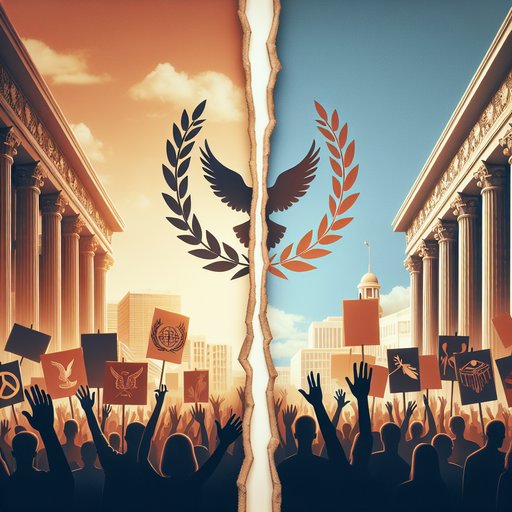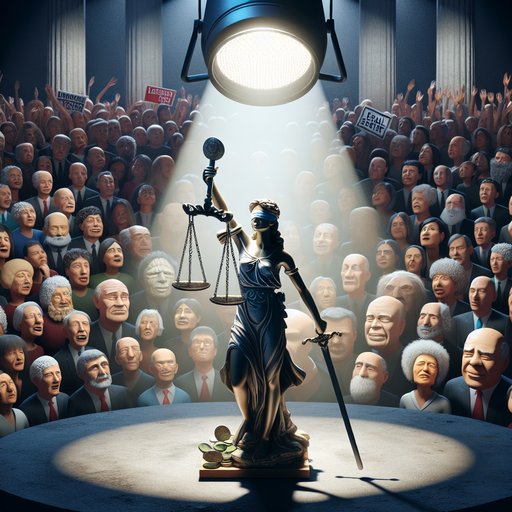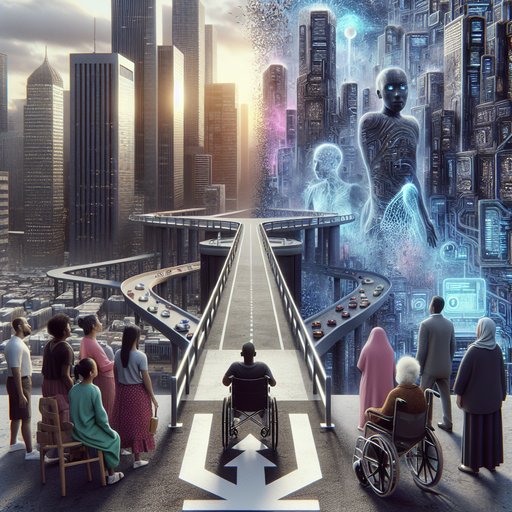
Recent political developments across multiple nations have highlighted the growing ideological divide between left and right-wing approaches to governance and policy. In Japan, a significant shift occurred as conservative politician Sanae Takaichi was selected to lead the ruling party, potentially becoming the country's first female premier, while in Italy, progressive demonstrations challenged the established right-wing government's positions.
In a historic move, Japan's ruling party has selected hardline conservative Sanae Takaichi as its leader, setting the stage for her to become the nation's first female prime minister [1]. This selection represents a significant victory for conservative politics in Asia's largest democracy, demonstrating the continuing influence of right-wing ideology in global leadership positions.
Meanwhile, in Europe, Italy has witnessed a different political dynamic as pro-Palestinian protesters took to the streets in major cities, directly challenging the policies of Prime Minister Giorgia Meloni's right-wing government [2]. These demonstrations highlight the growing tension between conservative governance and progressive social movements in European politics.
The media landscape has also become a battlefield for ideological differences, as evidenced by the controversial appointment of Bari Weiss as the new editor at CBS News [3]. The selection has sparked intense debate between left-wing journalists and supporters of more conservative media perspectives, underlining the deep divisions in how news organizations approach political coverage.
In the United States, political discourse has grown increasingly polarized, with figures like Stephen Wolfe advocating for stronger ideological separation. According to reports, Wolfe has called for right-wing Christians to "habituate ourselves into disgust" for left-wing causes [4], further exemplifying the widening gap between conservative and progressive viewpoints in religious and political spheres.
























